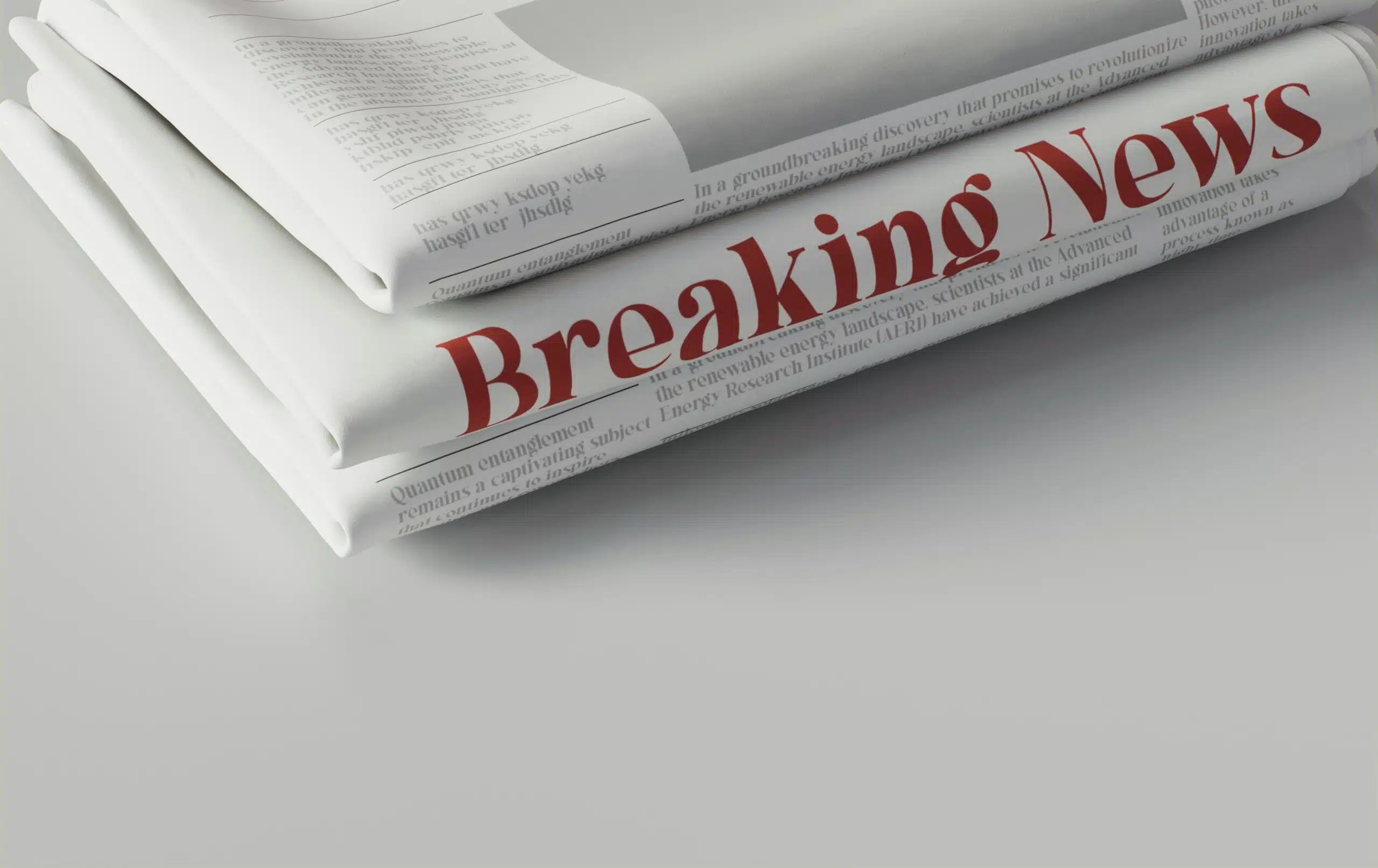
The Latest: Tariff Negotiations, AI Discrimination Lawsuit, and OSHA’s Heat Restrictions Challenged
Tariff Negotiations
Quick Review: In March, the U.S. enforced a 25% tariff on imported steel and aluminum. That rate was doubled to 50% on June 4.
- Canada threatened to retaliate against Trump’s 50% tariff increase on steel and aluminum with its own tariffs on U.S. imports by July’s end.
- The EU reportedly expects a 10% “reciprocal” tariff as the initial point of discussion in trade talks with the U.S.
- There is a 10% global reciprocal tariff that will remain in effect during the current 90-day negotiation window ending on July 8. Most expect trade negotiations to extend.
Why steel and aluminum? National security concerns, specifically the military use of steel and aluminum in weaponry and equipment, were cited by Trump to support his tariff hikes.
For Americans: The cost of household appliances will likely rise, including dishwashers, stoves, refrigerators, and ovens.
Big, Beautiful Bill Update
American voters weigh in: A Fox News poll found that 38% of registered voters support the “One Big Beautiful Bill” based on what they know about it, while 59% oppose it. A survey from The Pew Research Center found that 29% of adults favor the bill, while 49% oppose it. Another 21% said they weren’t sure.
With a self imposed July 4th deadline looming, Senators are worried about public opinion and need to make a decision.
What does the bill affect? In response to The Pew Research Center survey, 54% of those polled said the bill has “a mostly negative effect” on the country, 30% said it has “a mostly positive effect,” and 12% said it has “not much of an effect. ”In a recent NBC News Decision Desk poll asking Americans what issue matters most to them in this bill:
- 51% said “maintaining current spending levels on programs like Medicaid,”
- 21% said “continuing and expanding income tax cuts and credits” enacted by Trump in 2017, and
- 28% said “ensuring that the national debt is reduced.”
AI Discrimination Lawsuit Against Workday Advances
Did you know? On May 16, courts approved a case against the HR management services company Workday to proceed as a class action lawsuit for discriminating against candidates based on age, race, and disability by using AI hiring software that incorporates employer biases. This case could set a precedent for defining the legal risks companies could face when using AI technology in hiring practices.
How bias works in AI: The American Civil Liberties Union alleges that, “AI tools are trained with a large amount of data and make predictions about future outcomes based on correlations and patterns in that data—many tools that employers are using are trained on data about the employer’s own workforce and prior hiring processes. Many of these tools pose an enormous danger of exacerbating existing discrimination in the workplace based on race, sex, disability, and other protected characteristics, despite marketing claims that they are objective and less discriminatory.”
Scammers are Using AI Deepfakes to Target Companies
What Happened? Since 2024, a scam in which people create fake AI candidates who virtually interview for jobs via phone and video has gained in popularity. These “candidates” are entirely AI-generated and, and once the scammers are hired and get access to company resources, they can do extensive damage.
Tip to Stay Safe: Experts advise HR departments to ask job candidates being interviewed virtually to wave their hands in front of the cameras they are using. If their body “glitches” or their hands cannot be seen, AI is most likely on the other end of the call.
“It’s critical to have a deepfake response plan ready in the event that the company is targeted,” says Christopher Pierson, founder and CEO of BLACKCLOAK, a company that protects businesses from cybercrime. “This contingency plan should include the executive, legal, HR and PR teams at the company, as well as a cyber incident response firm that can be called on short notice. Businesses should know how to report fake content to the major social media platforms and have contacts available who can expedite those requests.”
Gartner estimates that one in four candidates will be fake by 2028. Read more tips to help you keep your systems safe.
OSHA’s Heat Restrictions Challenged
A proposed OSHA rule for establishing federal regulations that would protect workers toiling in extreme heat from injury or illness (NPRM 8/30/2024) is currently in public hearings. According to OSHA, the rule would “apply to all employers conducting outdoor and indoor work in all general industry, construction, maritime, and agriculture sectors.” Heatstroke can also disproportionately affect fossil fuel workers.
But, the oil and gas industry is fighting back, arguing instead that “energy dominance” should be prioritized at all costs. Critics argue the rule is an inappropriately one-size-fits-all approach and restricts employers.
Agricultural workers are also at high risk for heat fatality and illness, although many are afraid to come forward for better working conditions, as many of them are undocumented.
The heatwave has renewed calls for federal regulation, especially after Texas’ governor eliminated city and county ordinances for water breaks.
Heat Injury and Illness Prevention in Outdoor and Indoor Work Settings
Next steps? Informal hearings on the proposed rule are scheduled through July 2, 2025. While no final rule or enforcement date has yet been announced, OSHA anticipates it will finalize this regulation in late 2025 or early 2026, followed by a 150-day phase-in period.
—
The information contained in this site is provided for informational purposes only, and should not be construed as legal advice on any subject matter.

Advice in Your Inbox
Join our newsletter for free bi-monthly toolkits and downloads on how to hire, support, and retain your best talent.




